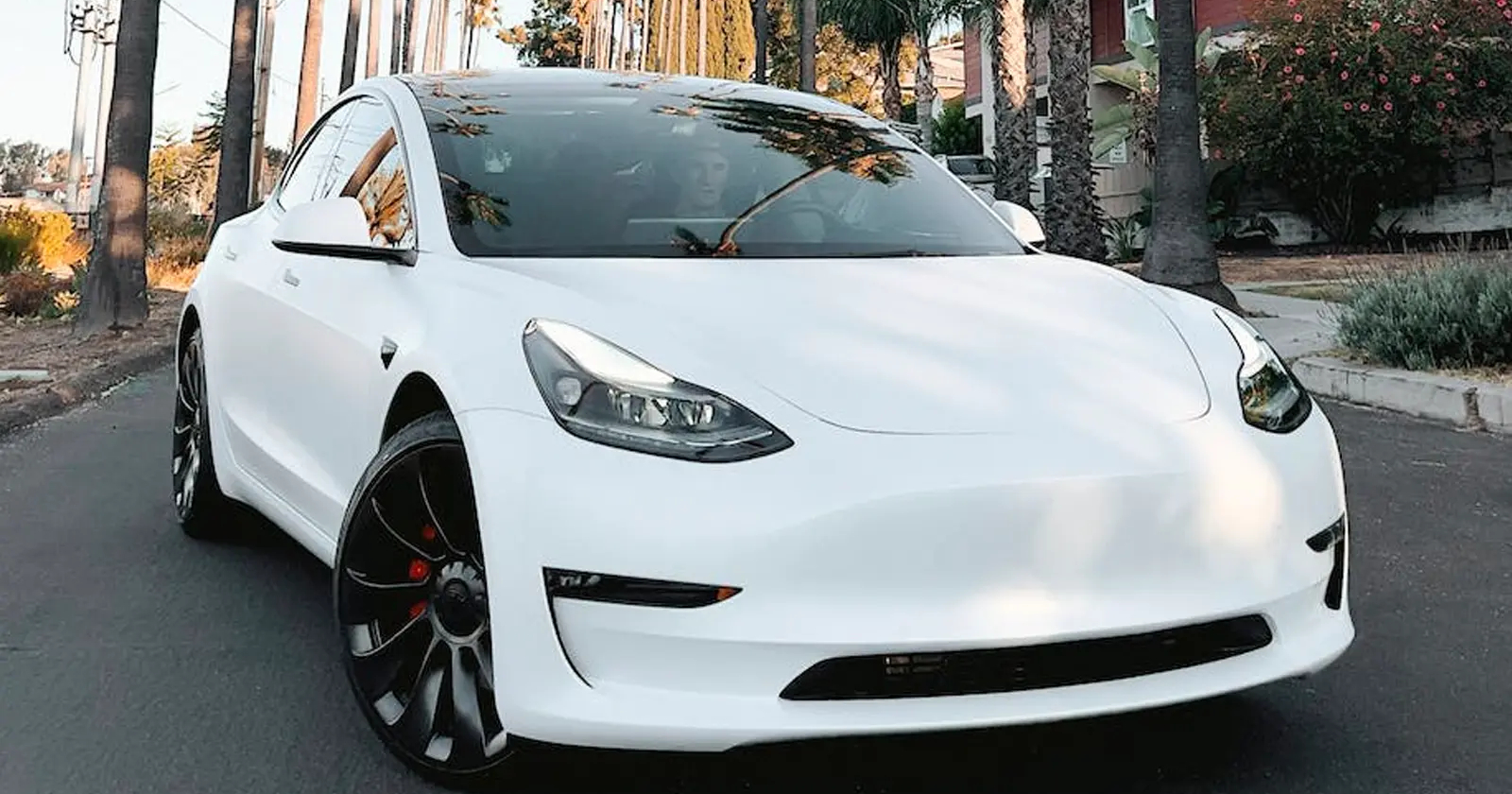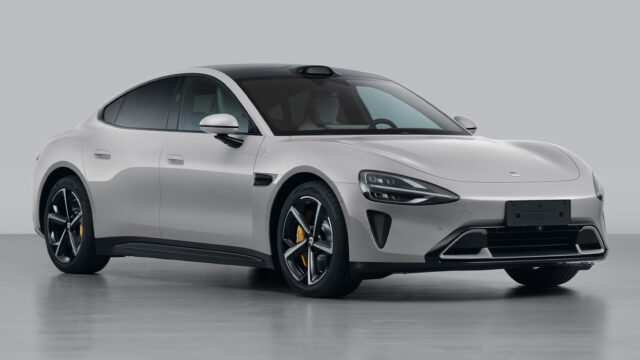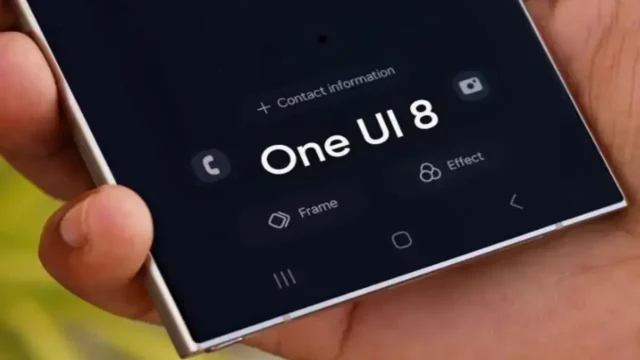December has arrived. As we prepare for New Year’s Eve, the weather is getting colder. So what should electric vehicle users pay attention to in this cold weather? What should be taken into consideration when using an electric car, especially in snowy weather? Here are the details about using an electric car in winter and the checklist we have prepared for you…
Things to do when driving an electric car in winter!
First of all, we need to talk about battery structures. So far, we have talked about issues such as fuel freezing, engine warming and oil pressure while driving in winter. However, now the subject is electric cars and we will have to talk about different dynamics. First, we need to talk about the optimum battery temperature.

Let’s say batteries or batteries work most efficiently between certain temperatures. For this reason, before we start using the car, we need to bring the temperature of the battery and electric motor to the most efficient level. For this, you do not need to use primitive methods such as lighting a fire under the tank to thaw frozen diesel fuel. Almost every electric car now has remote start and heating features.
It is possible to save a lot of both range and battery health by heating the vehicle remotely. Since electric cars do not have extra fluids such as engine oil (except hydraulic fluids, etc., which vary depending on the vehicle), you do not need to start the vehicle and wait. It will be sufficient to pre-heat your car.
There is another very simple method to increase your range, which decreases due to cold weather in winter. If you have the opportunity, park your car in indoor parking lots during the day. Since the parking lots will be relatively warmer than outside, you can increase your range slightly.
Finally, we need to talk about snow driving. We can reassure you about something here. Since most electric cars are 4-wheel drive and have a balanced center of gravity thanks to the location of the batteries, they are very advantageous in terms of handling in the snow. In addition, if you push the vehicle too hard while driving in snow, we recommend that you pull over and rest for a while. Because the strain in the snow will return to you as battery heating, which will greatly harm your battery life.
















